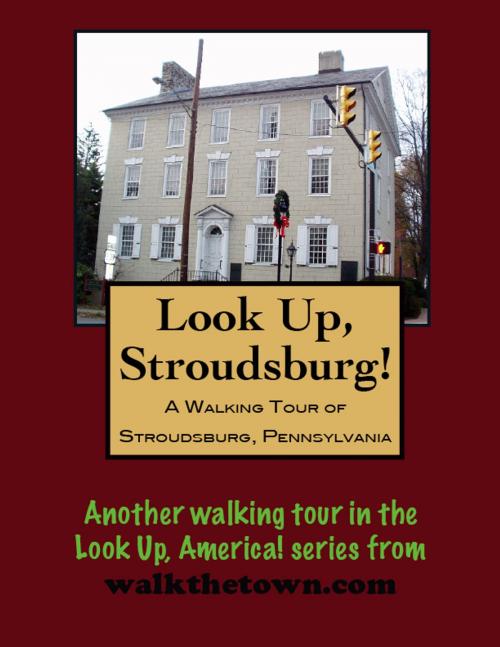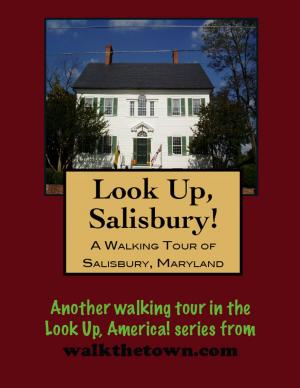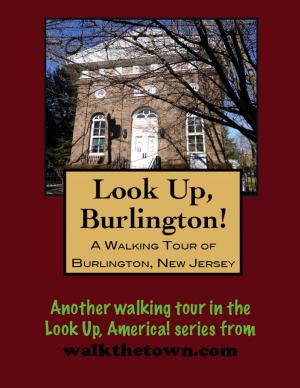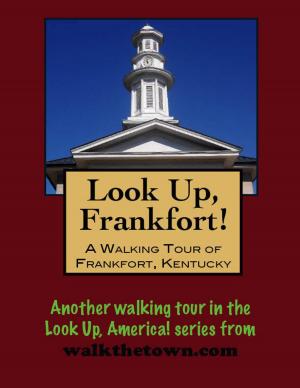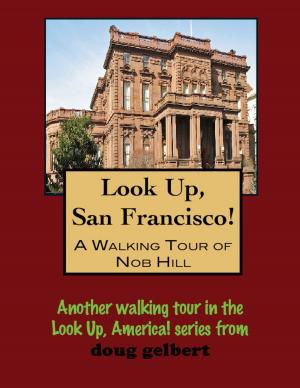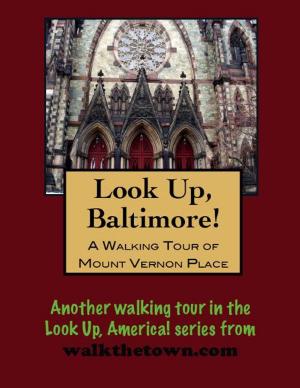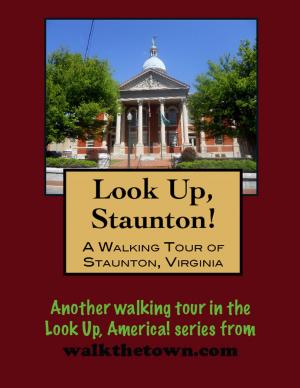| Author: | Doug Gelbert | ISBN: | 9781458124586 |
| Publisher: | Doug Gelbert | Publication: | February 11, 2011 |
| Imprint: | Smashwords Edition | Language: | English |
| Author: | Doug Gelbert |
| ISBN: | 9781458124586 |
| Publisher: | Doug Gelbert |
| Publication: | February 11, 2011 |
| Imprint: | Smashwords Edition |
| Language: | English |
There is no better way to see America than on foot. And there is no better way to appreciate what you are looking at than with a walking tour. Whether you are preparing for a road trip or just out to look at your own town in a new way, a downloadable walking tour is ready to explore when you are.
Each walking tour describes historical and architectural landmarks and provides pictures to help out when those pesky street addresses are missing. Every tour also includes a quick primer on identifying architectural styles seen on American streets.
Stroudsburg stands on the site of Fort Hamilton, built in 1756 at the direction of Benjamin Franklin. It was one of a chain of frontier forts built to protect European settlers from Indian attacks. In 1760, Jacob Stroud, a former indentured servant, settled on land along the Pocono, McMichaels, and Brodhead Creeks, which later powered his grist and sawmills. Following the bloody Wyoming Valley Massacre in 1778, Stroud built a stockade around his house and substantial land holdings. The Stroud compound later became known as Fort Penn, which stood on what is today the 500 block of Main Street.
Stroudsburg is the oldest town in the region, founded a generation before Monroe County was created. Jacob Stroud advertised the subdivision of his property on October 17, 1799 in the American Eagle, a newspaper published in Easton, then the county seat for the entire area, thusly: “Looking to dispose on very reasonable terms to mechanics and others, who will build upon the lots. A condition of building within three years will be part of every contract, and therefore no person need apply for a lot unless he is determined to become an improver of the town which will hence forward be called Stroudsburg.”
The streets were named for his relatives, and lots sold quickly. Stroudsburg had attracted enough people and commerce by 1815 to incorporate as a borough and it was a popular choice for a county seat when Monroe County was created in 1836. Still, real growth did not come until it rode into town on the rails of the Delaware, Lackawanna and Western Railroad that linked Stroudsburg to New York City in 1856. The population would triple over the remainder of the 19th century.
Lumber mills, tanneries, and textile mills along McMichaels Creek powered the early economy. About 1853, Ephram Culver built a grist mill, only to see it burned by Indians. Later, more mills were built. Many were destroyed by floods. The present dam, believed to be built before 1884, diverted water to mills and factories along lower Main Street via a mill race which has long since been buried. Eventually all would cede importance to the tourist trade in the Pocono Mountains.
Our walking tour will start at the house of the man who started the town...
There is no better way to see America than on foot. And there is no better way to appreciate what you are looking at than with a walking tour. Whether you are preparing for a road trip or just out to look at your own town in a new way, a downloadable walking tour is ready to explore when you are.
Each walking tour describes historical and architectural landmarks and provides pictures to help out when those pesky street addresses are missing. Every tour also includes a quick primer on identifying architectural styles seen on American streets.
Stroudsburg stands on the site of Fort Hamilton, built in 1756 at the direction of Benjamin Franklin. It was one of a chain of frontier forts built to protect European settlers from Indian attacks. In 1760, Jacob Stroud, a former indentured servant, settled on land along the Pocono, McMichaels, and Brodhead Creeks, which later powered his grist and sawmills. Following the bloody Wyoming Valley Massacre in 1778, Stroud built a stockade around his house and substantial land holdings. The Stroud compound later became known as Fort Penn, which stood on what is today the 500 block of Main Street.
Stroudsburg is the oldest town in the region, founded a generation before Monroe County was created. Jacob Stroud advertised the subdivision of his property on October 17, 1799 in the American Eagle, a newspaper published in Easton, then the county seat for the entire area, thusly: “Looking to dispose on very reasonable terms to mechanics and others, who will build upon the lots. A condition of building within three years will be part of every contract, and therefore no person need apply for a lot unless he is determined to become an improver of the town which will hence forward be called Stroudsburg.”
The streets were named for his relatives, and lots sold quickly. Stroudsburg had attracted enough people and commerce by 1815 to incorporate as a borough and it was a popular choice for a county seat when Monroe County was created in 1836. Still, real growth did not come until it rode into town on the rails of the Delaware, Lackawanna and Western Railroad that linked Stroudsburg to New York City in 1856. The population would triple over the remainder of the 19th century.
Lumber mills, tanneries, and textile mills along McMichaels Creek powered the early economy. About 1853, Ephram Culver built a grist mill, only to see it burned by Indians. Later, more mills were built. Many were destroyed by floods. The present dam, believed to be built before 1884, diverted water to mills and factories along lower Main Street via a mill race which has long since been buried. Eventually all would cede importance to the tourist trade in the Pocono Mountains.
Our walking tour will start at the house of the man who started the town...
